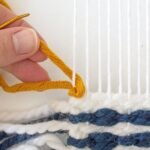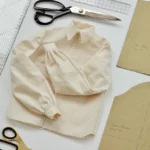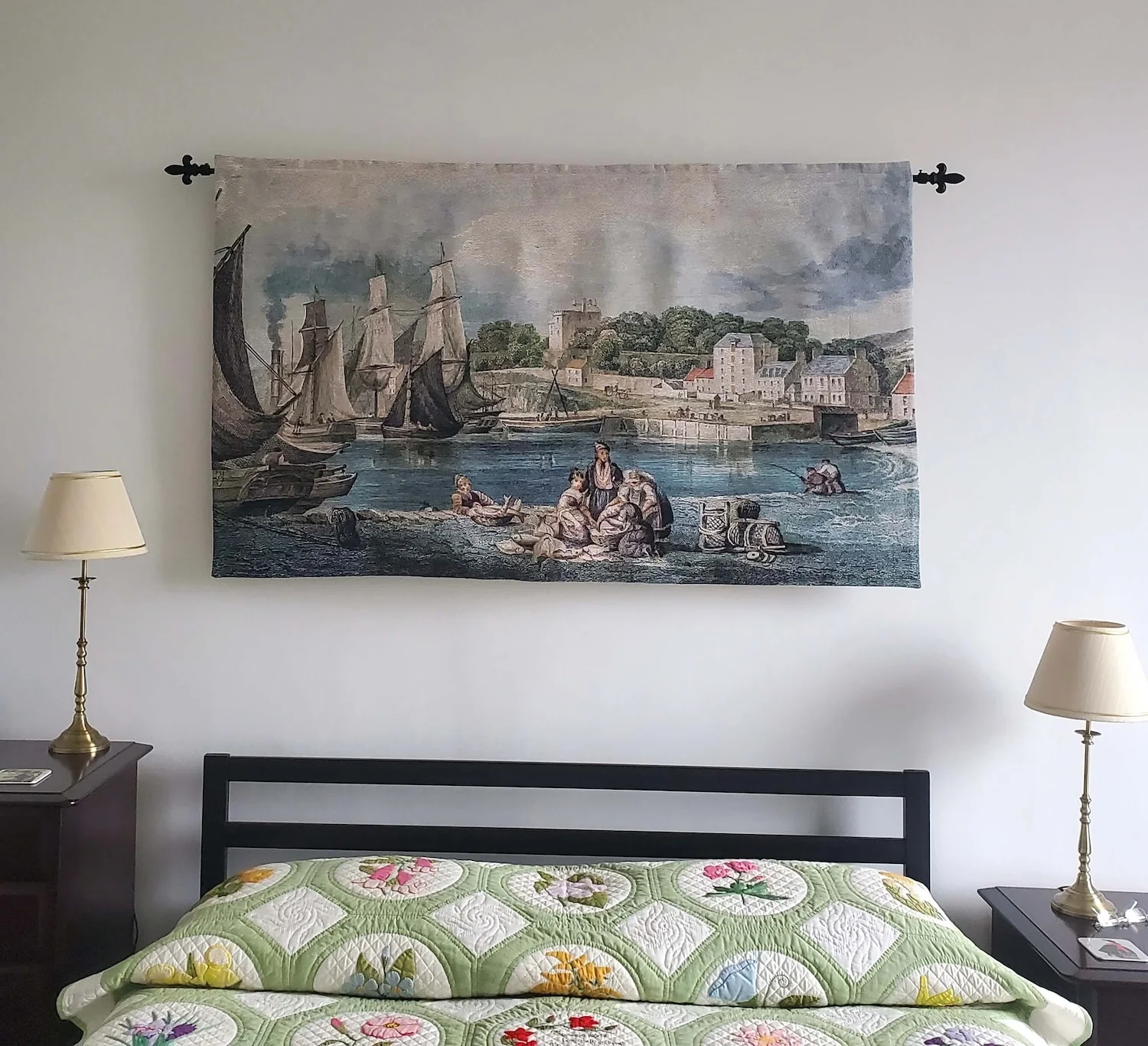Restoring antique tapestries requires a delicate balance of preserving their historical value while carefully addressing any damage. Here’s a guide to help you restore these beautiful, intricate works of art:

Assess the Condition
Inspection:
- Visual Check: Examine the tapestry for visible damage such as tears, fading, or discoloration.
- Physical Feel: Gently touch the fabric to detect any brittleness or weakness.
- Documentation: Take detailed photographs of the tapestry from different angles for reference and to document the condition.
Identify Problems:
- Fading: Look for areas where the colors have dulled or changed.
- Tears and Holes: Identify and assess the extent of any tears or missing sections.
- Weaving Damage: Check for loose threads, fraying, or broken fibers.
Clean the Tapestry
Dusting:
- Soft Brush: Use a soft brush or a vacuum cleaner with a brush attachment on a low setting to remove dust.
- Gentle Technique: Be careful not to disturb the fibers or pattern.
Spot Cleaning:
- Mild Detergent: For small stains, use a mild detergent diluted with water. Test on an inconspicuous area first.
- Blotting: Gently blot the stained area with a clean, soft cloth. Avoid scrubbing.
Professional Cleaning:
- Consult an Expert: For extensive cleaning, especially with delicate or valuable tapestries, consult a professional textile conservator.
Repair Tears and Holes
Backing Fabric:
- Stabilize: Attach a backing fabric (e.g., muslin) to stabilize the tapestry. This helps prevent further damage and provides support.
Patch Repairs:
- Matching Fabric: Use a fabric that closely matches the original in color and texture.
- Attach Patch: Secure the patch with a fabric adhesive or stitching. Ensure it blends seamlessly with the original tapestry.
Sewing Repairs:
- Needle and Thread: Use a needle and thread that match the tapestry’s color and texture.
- Stitch Carefully: Sew carefully along the edges of tears or gaps to close them.
Reweaving Techniques
Identify Missing Threads:
- Analyze Weave: Determine the type of weave and pattern to replicate accurately.
- Reweave: Use a similar yarn or thread to weave in the missing sections. This is often best handled by a professional weaver.
Blending Repairs:
- Color Matching: Match the color and texture of the yarn to blend with the existing tapestry.
- Even Weaving: Ensure that the new weaving is consistent with the original pattern and texture.
Preserve and Protect
Mounting:
- Frame: Consider framing the tapestry to protect it from environmental damage.
- Hanging: Use appropriate hanging methods that do not stress the fabric.
Storage:
- Flat Storage: Store the tapestry flat or rolled loosely with acid-free paper between layers to prevent creases.
- Climate Control: Keep in a climate-controlled environment to avoid humidity and temperature fluctuations.
Professional Help
Consult Conservators:
- Textile Experts: For significant damage or valuable antiques, seek help from a professional textile conservator who specializes in tapestries.
- Conservation Labs: They can provide advanced techniques and materials for restoring and preserving your tapestry.
Conclusion
Restoring antique tapestries is a meticulous process that requires careful attention to detail and respect for the artwork’s history. By assessing the condition, cleaning properly, repairing damage, and seeking professional help when needed, you can preserve these beautiful pieces for future generations to enjoy. Whether you tackle the restoration yourself or consult experts, your efforts will contribute to maintaining the tapestry’s historical and artistic value.











